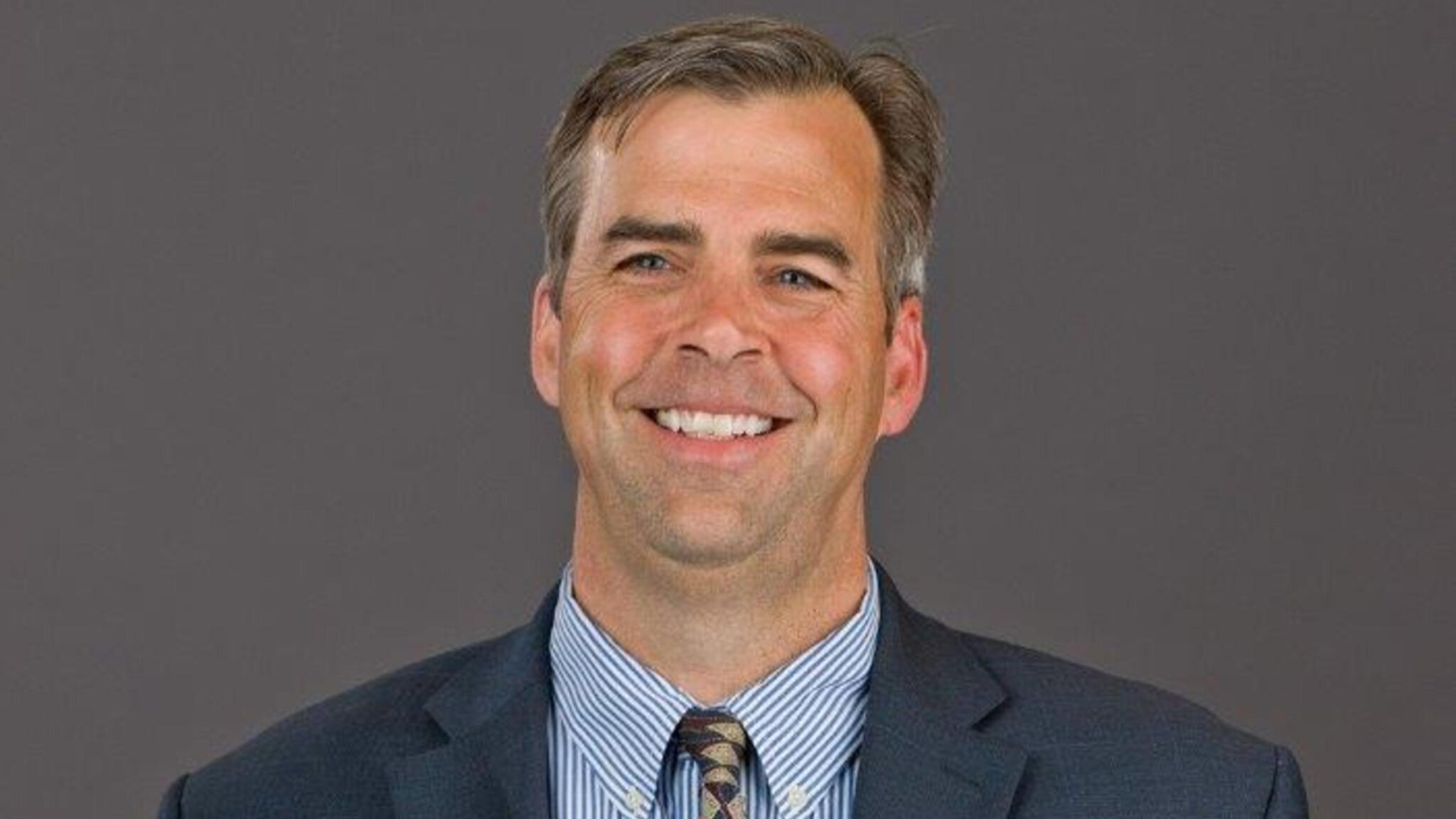
Taking notes from MD Anderson and Rice University, Avenge Bio uncloaks with $45M and a slate of immunotherapies
Michael Heffernan was already the head of a biotech company focused on chronic pain, called Collegium Pharmaceutical, which he successfully brought public in 2015. But when his wife was diagnosed with ovarian cancer, he knew that was his next mission.
Heffernan’s wife is doing well — but unfortunately, that isn’t the case for most patients, he said. In 2018, he stepped down from Collegium to look for a better option for women with recurrent refractory ovarian cancer. That’s when he met Rice University’s Omid Veiseh, who was working on an immunotherapy platform with a physician over at The University of Texas MD Anderson Cancer Center.
Unlock this article instantly by becoming a free subscriber.
You’ll get access to free articles each month, plus you can customize what newsletters get delivered to your inbox each week, including breaking news.